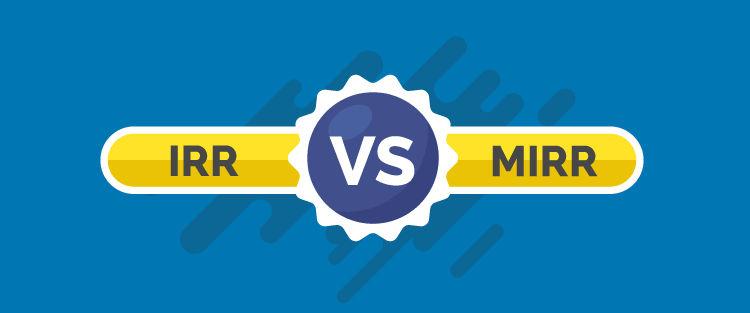WACC (Weighted Average Cost of Capital)
Introduction - WACC Weighted Average Cost of Capital (WACC) is a crucial tool that helps businesses determine this cost by taking into account the cost of each type of financing and the proportion of each that makes up the company's overall capital structure. By calculating the WACC, businesses can make informed decisions about their investments and evaluate the profitability of their projects. In this article, we will delve deeper into the concept of WACC, explore how it is calculated, and examine its significance in the world of business and finance. Inequality of investor rate of return and company cost of capital Both investor required...
Continue reading












